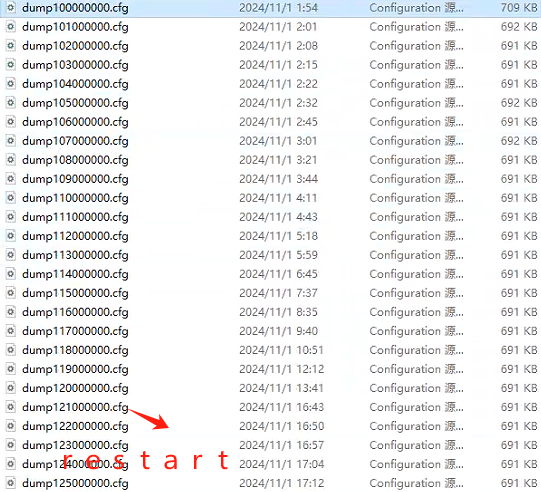I am running a standard double shear test simulation in LAMMPS, applying shear in the x direction with periodic boundary conditions. When the shear starts, the output occurs every 7 minutes (every 1e6 time steps). However, as the time steps increase, for example, when it reaches 5e7 time steps, it takes 1 hour to complete an output. But when I terminate the program and use the restart feature to continue from where I left off, the computation speed can return to outputting every 7 minutes.
I would like to know what causes the slowdown in computation speed. In the program, the computation area is fixed and the particle distribution is uniform.
I am using the output fix print file to output information like:
fix plate_tb all print 1000 "${m_step} ..." file steady_slide.csv screen no title "step"
Could it be that LAMMPS has to reopen the file every time it outputs information, which causes the slowdown in computation speed?


It seems that the previous instances of LAMMPS are still running in the background. It’s impossible to say more without you sharing more details, e.g. the submission script, MPI version, LAMMPS built, etc.
No
The following steps can reproduce the issue I encountered. I am running the precompiled Windows version of LAMMPS, “LAMMPS 64-bit 29Aug2024 with GUI.” I run it from the GUI interface, using the GPU as the accelerator backend and one thread(Using other backends and changing the number of threads had no effect on the problem). I submitted from a file, the computational efficiency is decreasing over time. But when I restart from the 120000000 steps, the computational efficiency is restored. see blow:

If you run a very long run from the GUI, you may be running out of RAM. The GUI will capture your screen output as well as the thermo Data and store in in RAM. That is not a problem with typical tutorials that it was designed for. But your run is extremely long.
Try running from the command line with the lmp executable.
Thanks, that realy help!